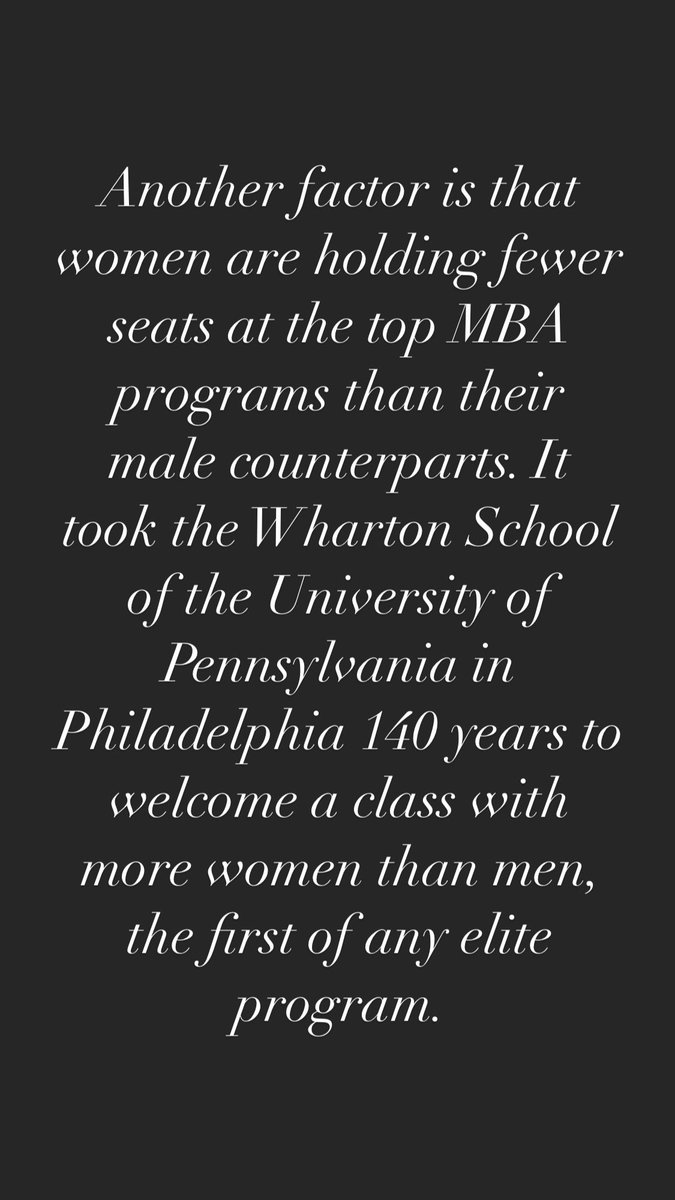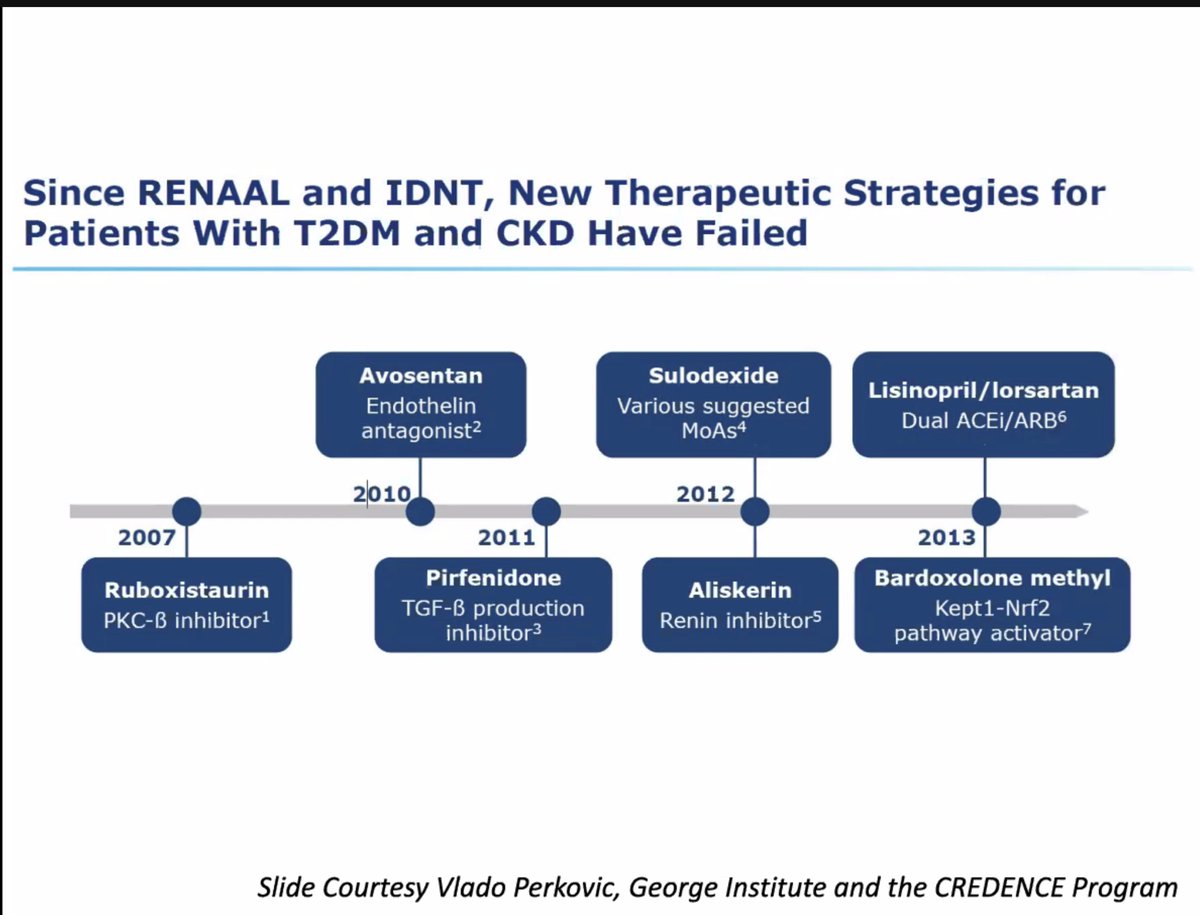1/ From @BeckersHR 10 numbers thank show how gender gaps keep women out of the C-suite
@DBelardoMD @DrNasrien @netta_doc @ShelleyZieroth @mirvatalasnag @BiykemB @dranulala @DrKLindley @DrJenniferCo_Vu
@DBelardoMD @DrNasrien @netta_doc @ShelleyZieroth @mirvatalasnag @BiykemB @dranulala @DrKLindley @DrJenniferCo_Vu
Only 2 health systems ranked in the top 20 hospitals by U.S. News & World Report are helmed by a woman, highlighting how few female leaders are showcased at the top in healthcare.
@AnastasiaSMihai @SharonneHayes @HeartDocSharon @MKIttlesonMD @cardioPCImom @gina_lundberg
@AnastasiaSMihai @SharonneHayes @HeartDocSharon @MKIttlesonMD @cardioPCImom @gina_lundberg
3/ Even though female executives are sparse among healthcare ranks, 26 percent of its executives are women. It's among the highest of any industry, alongside finance and retail….
@DrHeatherJohn @JoyHenningsenMD @heartofthemater @BethFratesMD @iamritu @DrToniyaSingh
@DrHeatherJohn @JoyHenningsenMD @heartofthemater @BethFratesMD @iamritu @DrToniyaSingh
4/ But-Female executives are concentrated in C-suite roles like chief human resource officer positions (where 55% are women) and chief marketing officers (36%), Investopedia reported.
@biljana_parapid @yaqoub_lina @MinnowWalsh @Pooh_Velagapudi @saraceciliamtz
@biljana_parapid @yaqoub_lina @MinnowWalsh @Pooh_Velagapudi @saraceciliamtz

5/ At Fortune 500 companies, just 1 in 13 companies is led by a woman. In total, 37 companies have a woman as CEO, which is the highest number of women leading a top company in American history. 

6/ Women comprise nearly half of entry-level jobs, yet are less common higher up the corporate ladder, according to a July 28 Investopedia report.
@WomenAs1 @Drroxmehran @sandylewis @ErinMichos @GarimaVSharmaMD @wordfinga
@WomenAs1 @Drroxmehran @sandylewis @ErinMichos @GarimaVSharmaMD @wordfinga

7/ One reason there are so few female CEOs is that the pipeline is shrinking, IBM found. The number of women in roles that lead to executive positions has been declining since 2019. Stanford researchers found women make up just 13% of the leadership pipeline
@aayshacader
@aayshacader

8/ Another factor is that women are holding fewer seats at the top MBA programs vs male counterparts. It took the Wharton School of the University of Pennsylvania in Philadelphia 140 years to welcome a class with more women than men, the first of any elite program @ShrillaB 

9/ Even women who make it to the top encounter challenges that may weigh on their tenure. 3 out of 4 female executives reported feeling imposter syndrome at some point in their career, a study by consultant firm KPMG found
@NadeenFaza @drmalissawood @AnnMarieNavar @noshreza
@NadeenFaza @drmalissawood @AnnMarieNavar @noshreza
10/ Women also receive less leadership transition support than men. Men are 13 percent more likely to receive leadership skills training than women and are 22 percent more likely to be assigned a formal mentor
@MeeraDas @purviparwani @SamRRazaMD
@MeeraDas @purviparwani @SamRRazaMD

11/ Perceptions on what makes a good leader are skewed by gender role assumptions. 💃🏻leaders are often plagued by sexist stereotypes that label them "too emotional" for leadership. To be deemed an effective leader they have to limit themselves to 3 emotions: cheer, calm and pride
• • •
Missing some Tweet in this thread? You can try to
force a refresh








































